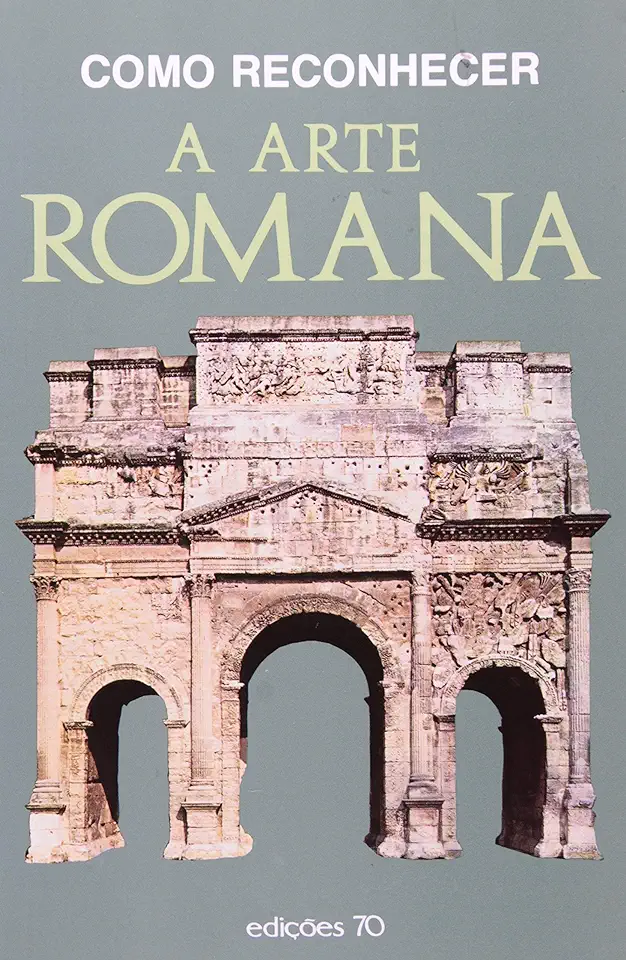
How to Recognize Roman Art - Alda Tarella
How to Recognize Roman Art: A Comprehensive Guide to Identifying and Understanding Roman Artistic Styles
Introduction
In the vast world of art history, Roman art stands as a testament to the grandeur and cultural achievements of the ancient Roman civilization. From the iconic sculptures and architectural marvels to the intricate mosaics and frescoes, Roman art offers a glimpse into the lives, beliefs, and artistic sensibilities of one of the most influential civilizations in history.
Understanding Roman Art
Roman art is a diverse and multifaceted field, encompassing a wide range of artistic expressions. To fully appreciate and understand Roman art, it is essential to delve into its historical context, artistic influences, and unique characteristics.
Historical Context
The Roman Empire spanned over several centuries, from the 1st century BC to the 5th century AD. During this period, Roman art underwent significant changes and developments, reflecting the evolving political, social, and cultural landscape of the empire.
Artistic Influences
Roman art was heavily influenced by Greek art, particularly in the early stages of its development. However, over time, Roman artists began to incorporate their own unique elements and styles, resulting in a distinct and recognizable Roman aesthetic.
Unique Characteristics
Roman art is characterized by its realism, attention to detail, and emphasis on narrative. Roman artists excelled in depicting human figures, capturing their emotions and expressions with remarkable accuracy. Additionally, Roman art often conveyed messages or told stories, providing valuable insights into Roman society and culture.
Recognizing Roman Art
Identifying Roman art requires a keen eye and an understanding of its distinctive features. Here are some key elements to look for:
Subject Matter
Roman art often depicted gods, goddesses, emperors, and other important figures from Roman mythology and history. Scenes from everyday life, such as hunting, banquets, and religious ceremonies, were also common subjects.
Style
Roman art is characterized by its realistic and naturalistic style. Figures are often depicted with accurate anatomical details and lifelike expressions. The use of perspective and shading techniques further enhances the sense of realism.
Materials and Techniques
Roman artists employed a variety of materials, including marble, bronze, terracotta, and mosaic tiles. They also utilized various techniques, such as carving, casting, and fresco painting, to create their artworks.
Conclusion
Roman art is a captivating and enduring legacy of one of the most influential civilizations in history. By understanding its historical context, artistic influences, and unique characteristics, you can embark on a journey of discovery and appreciation of this remarkable art form.
Whether you are an art enthusiast, a history buff, or simply someone curious about the ancient world, "How to Recognize Roman Art" is an essential guide that will enhance your understanding and enjoyment of Roman artistic masterpieces.